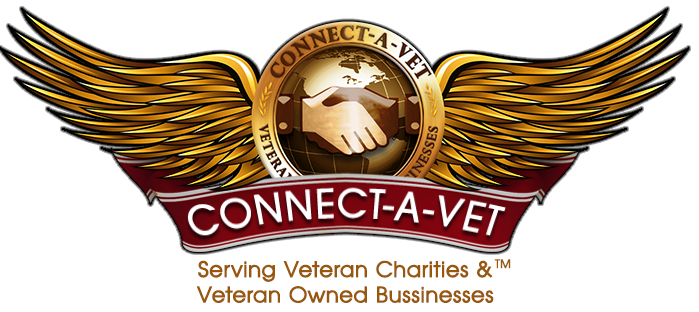Crafting High-Impact Blog Content for SEO and SEM Success:
Content on a blog website differs significantly from traditional website content. While standard websites typically offer static, evergreen content designed to inform visitors about the organization or business, blog content is dynamic, regularly updated, and tailored to engage, inform, and convert readers. Despite these differences, both require meticulously crafted copy embedded with targeted keywords for SEO (Search Engine Optimization) and SEM (Search Engine Marketing) to ensure maximum exposure and engagement.
The Dynamics of Blog Content:
Blog content is inherently more fluid and versatile than standard website pages. It allows for timely updates, discussions on current trends, and in-depth explorations of various topics. Unlike static website content, blog posts can address specific questions, provide detailed guides, or share personal stories, making them highly relatable and engaging. This dynamic nature of blogs helps keep the audience engaged and encourages repeat visits, fostering a loyal reader base.
Structuring Your Blogs for Maximum Impact:
An effective blog structure is crucial for retaining reader interest and optimizing for search engines. Start with a captivating headline that grabs attention and includes relevant keywords. Follow this with an engaging introduction that clearly states the purpose of the post and hooks the reader. Break the content into digestible sections with subheadings that guide the reader through the article. Use bullet points, numbered lists, and short paragraphs to enhance readability. End with a compelling conclusion and a clear call to action, encouraging readers to comment, share, or subscribe.
Key Elements to Include and Avoid:
When crafting blog posts, include high-quality, original content that provides value to your readers. Use targeted keywords naturally within the text, subheadings, and meta descriptions to improve SEO. Incorporate relevant images, infographics, and videos to complement your text and keep readers engaged. Ensure your content is mobile-friendly, as a significant portion of readers will access your blog from their phones.
Avoid keyword stuffing, which can harm your SEO and make your content difficult to read. Steer clear of overly promotional language, focusing instead on providing value and building trust with your audience. Do not ignore the importance of proofreading and editing; grammatical errors and typos can undermine your credibility.
Encouraging Sharing and Subscriptions:
To write content that readers will want to share and subscribe to, focus on creating high-quality, valuable posts. Address your audience’s pain points, provide actionable insights, and offer unique perspectives. Encourage interaction by asking questions, inviting comments, and engaging with readers in the comment section. Utilize social sharing buttons to make it easy for readers to share your content on their preferred platforms. Offer incentives for subscribing, such as exclusive content, discounts, or newsletters with valuable information.
Utilizing Blogs for Affiliate Marketing:
Blogs are an excellent platform for affiliate marketing, allowing you to earn commissions by promoting relevant products or services. To do this effectively, integrate affiliate links naturally within your content, ensuring they provide genuine value to your readers. Write honest reviews, create comparison articles, or offer tutorials that showcase the affiliate products in action. Transparency is key; always disclose your affiliate relationships to maintain trust with your audience.
Formatting for Optimal UX and UI:
For a blog to be successful, it must offer an excellent user experience (UX) and user interface (UI). Ensure your blog is easy to navigate, with a clean, responsive design that adapts to different devices. Use clear, readable fonts and a visually appealing color scheme. Include a search bar, categories, and tags to help readers find content easily. Optimize your site speed to reduce loading times, and ensure your blog is accessible to all users, including those with disabilities.
Tailoring Formats for Non-Profit and For-Profit Success:
For non-profit blogs, focus on storytelling to highlight your mission and impact. Share success stories, behind-the-scenes looks at your operations, and detailed explanations of how donations are used. Include clear calls to action for donations, volunteering, and spreading the word. For-profit blogs should focus on demonstrating the value of your products or services. Share customer testimonials, industry insights, and detailed guides that help potential customers make informed decisions. Both types of blogs should prioritize transparency, authenticity, and engagement to build trust and foster long-term relationships with their audience.
Conclusion:
Marketing with a blog website is a powerful strategy for both non-profits and for-profit businesses. By creating high-quality, keyword-rich content, structuring your posts effectively, and focusing on user experience, you can drive traffic, engage readers, and achieve your organizational goals. Whether raising awareness and funds for a cause or driving sales and revenue, a well-crafted blog can make a significant impact. Embrace the dynamic nature of blogs, and leverage their potential to communicate, connect, and convert.

